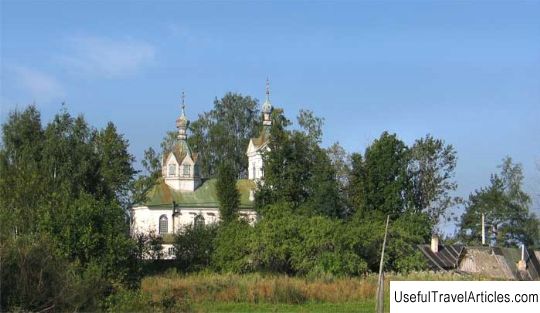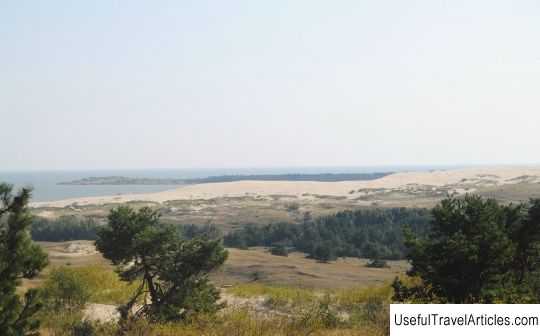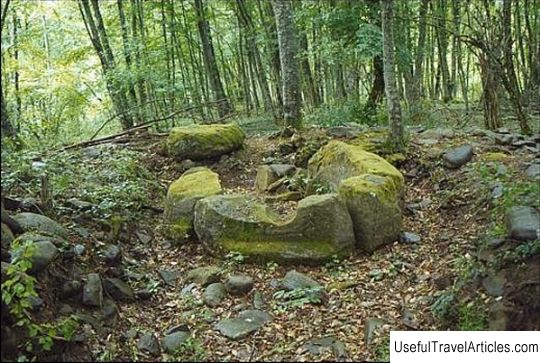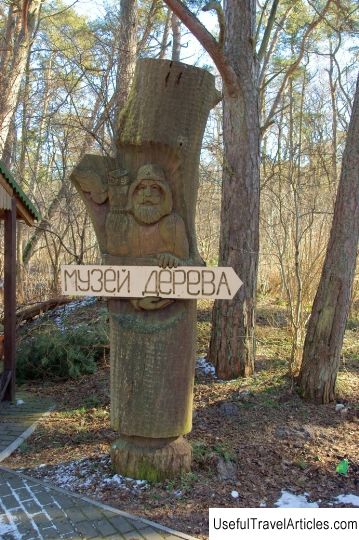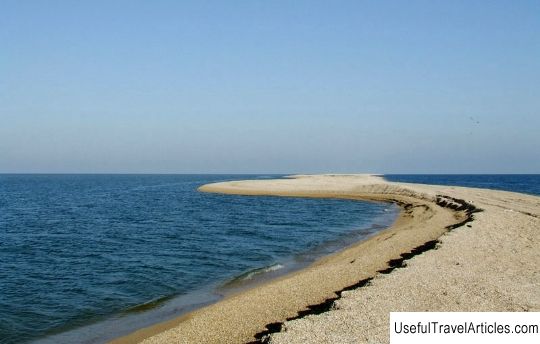Curonian Spit (Kursiu nerijos nacionalinis parkas) description and photos - Lithuania: Neringa
Rating: 8,0/10 (354 votes) 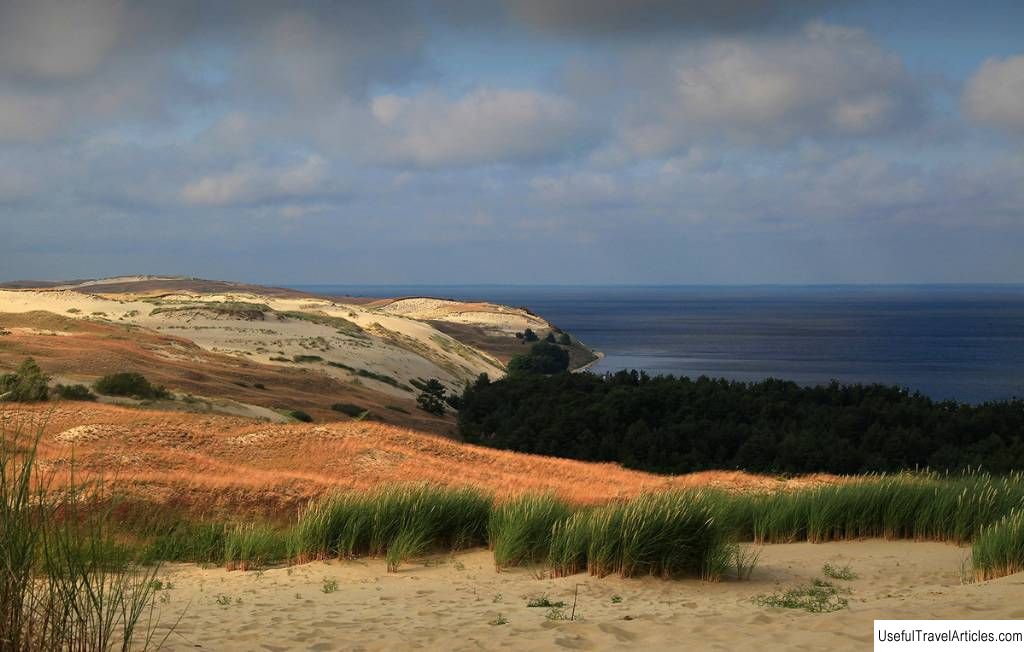
Curonian Spit (Kursiu nerijos nacionalinis parkas) description and photo - Lithuania: Neringa. Detailed information about the attraction. Description, photographs and a map showing the nearest significant objects. The name in English is Kursiu nerijos nacionalinis parkas. Photo and descriptionThe Curonian Spit is a unique natural phenomenon, which tourists from all over the world come to enjoy. It is a peninsula 98 km long and up to 4 km wide. The spit stretches from Zelenogradsk to the Lithuanian city of Klapeida. On the Lithuanian part of the sandy spit with pine forests and dunes, there are four villages: Preila, Nida, Juodkrante and Pervalki, which were later merged into the city of Neringa. The most important event in the historical development of Neringa was on December 2, 2000, when the Curonian Spit was included in the UNESCO World Heritage List as a unique object of not only natural but also cultural heritage of the Baltic Sea. The beaches of the spit are considered one of the best on the entire Baltic Sea coast. Sea, phytoncides, sandy beaches have an excellent healing and health-improving effect. You can get to Neringa by ferry leaving in Smiltyne. Curonian Spit National ParkOn the territory of Lithuania there is the Curonian Spit National Park (lit. Kur š i ų nerijos nacionalinis parkas), which was founded in 1991 ... For 10-11 centuries, a Viking settlement lived on this territory, located near the modern village of Rybachy. The traces of the Vikings were discovered by archaeologists from Germany in 1893, but only according to the results of the work of Kaliningrad archaeologists in 2008, it was established that the Vikings had permanent settlements on the spit. You can get acquainted with the history of the Curonian Spit in the Neringa Historical Museum, which presents two expositions: an exposition of trades and crafts of the inhabitants of the spit and the ethnographic manor of the fisherman. There is a Museum of Nature in the National Lithuanian Park “Cursu Neria”, which has been operating since September 1988. The museum presents an exposition, housed in three buildings, which tells about the Curonian Spit - a unique and unique natural corner of Lithuania, about its geographical features, geological development and archeology, about the animal and plant wealth on the territory of the spit, as well as about the formation of the landscape. Not far from the Museum of Nature is the Maritime Museum, located in the area of the Kopgalis Fortress, as well as the Dolphinarium. One of the most visited places in the national park is the observation deck on the Parnidge dune. From this place, the whole variety of landscapes of the Curonian Spit is presented: in the southern side, a panorama of nomadic dunes opens up, and on the northern side there are the Angu and Urbo mountains, completely covered with pine trees. Moving along the spit by car, you can visit the famous "Witch Mountain" and see in your own way the original buildings of the villages on the spit. Behind Juodakrante rise the so-called "walking" or "dead" dunes reaching a height of 30 to 40 meters. Among the sights of Nida, one can also note the house-museum of Thomas Mann, a German writer and Nobel Prize winner who lived here with his family in the summer. You can spend your free time in the park by the sea, or explore the area on foot or on bicycles, which are rented in many places. Cycling will allow you to enjoy the amazing views of the Kurshu Neria National Park, get acquainted with its nature and landscape. At the moment, the park has a cycling path of about 20 km, which connects Preila, Nida and Pervalka with the seaside. The Curonian Spit National Park is an amazing corner of the planet. In this place, you can immediately see meadows and sandy deserts covered with lichen and moss, pine forests and wet alder forests, tall pines and low-growing mountain pine bushes. The combination of southern taiga and deciduous forests, sandy mountains and flat fields is striking. In the forests of the national park, you can see mushrooms growing in large quantities, a huge amount of strawberries, blueberries, blueberries and raspberries. On the branches of the plants you can see squirrels, which will only be happy to get food from passing tourists. Elk, roe deer or wild boar can be found on forest paths. In addition, on the Curonian Spit, natural processes and human activities are closely linked, which in many respects has transformed the relief and nature of the peninsula over the past millennium. These processes still take place today, which determines the vulnerability and fragility of this natural zone. But thanks to the activities of the National Park, you can enjoy the amazing landscapes of the natural wonders of this place.           We also recommend reading Autostadt Wolfsburg description and photo - Germany: Wolfsburg Topic: Curonian Spit (Kursiu nerijos nacionalinis parkas) description and photos - Lithuania: Neringa. |
